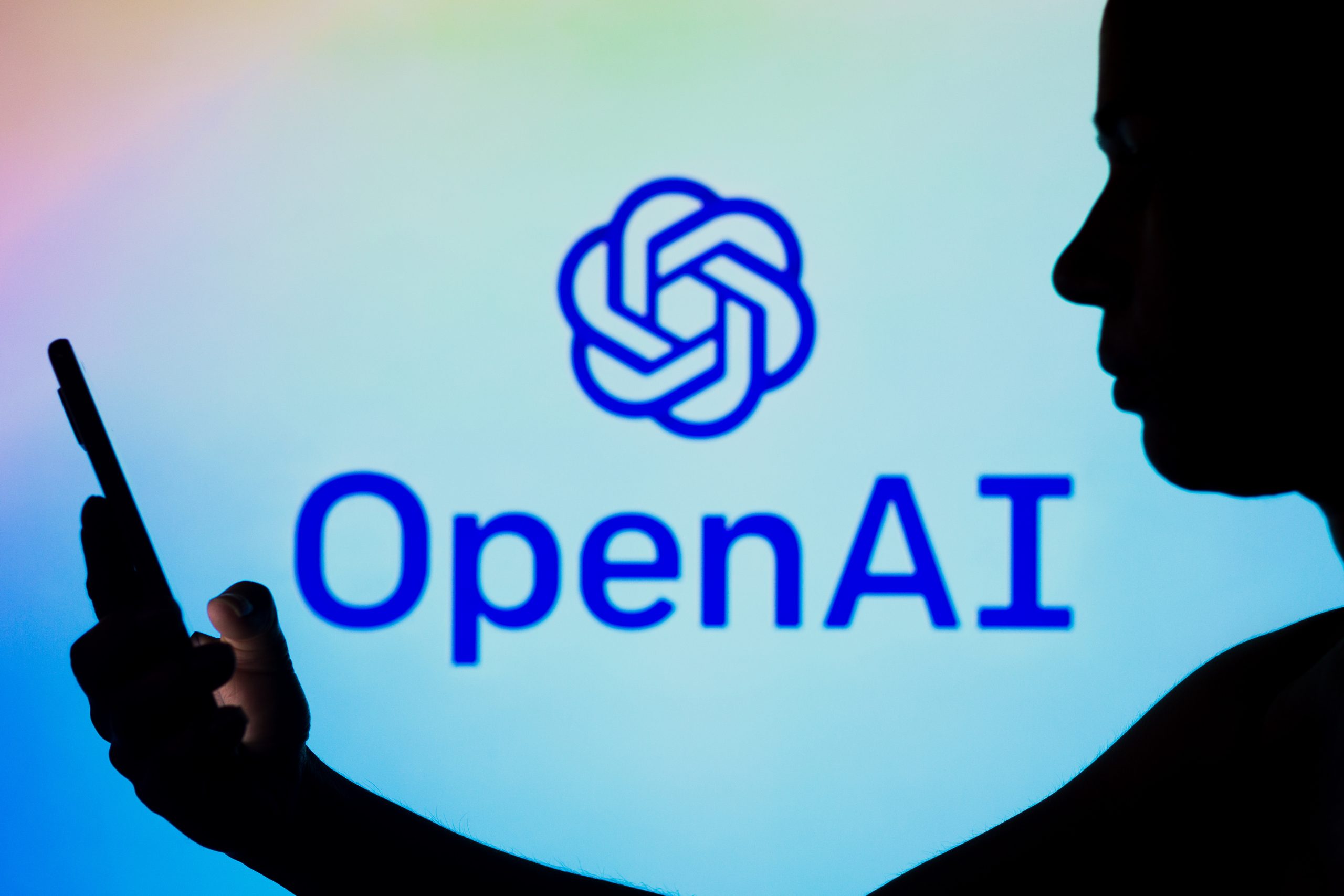
GPT-4 Advancements in Automated Content Moderation and the Persistent Role of Human Oversight
GPT-4 Advancements in Automated Content Moderation and the Persistent Role of Human Oversight In the ongoing battle to maintain a safe and welcoming online environment, the emergence of OpenAI’s GPT-4 chatbot brings forth a potential solution: automated content moderation. This machine-learning software promises to automatically detect and filter out objectionable content such as nudity and toxic speech. While this marks a significant stride in technology’s ability to police online interactions, it also raises concerns about the nuanced nature of content moderation and the essential role that human moderators continue to play.
Exploring the Capabilities and Limitations of AI in Filtering Online Content
Revolutionizing Content Moderation with GPT-4
OpenAI’s GPT-4 chatbot, powered by advanced machine-learning algorithms, introduces a novel approach to content moderation. By leveraging its expansive training data and language comprehension capabilities, GPT-4 can swiftly and accurately identify content that violates platform guidelines. This includes blocking nudity, identifying hate speech, and flagging abusive comments. The potential benefits are substantial—rapid response times, consistent enforcement, and reduced dependency on human moderators.
The Nuanced Challenge: AI’s Limitations
While GPT-4’s prowess in automating content moderation is impressive, it grapples with inherent limitations. The nuances of human communication, sarcasm, context, cultural references, and edge cases often elude the AI’s understanding. As a result, it can inadvertently categorize benign content as objectionable or fail to detect veiled forms of inappropriate content. This underscores the complexity of language and the challenge of programming an AI to replicate the judgment and context-sensitivity of human moderators.
The Indispensable Role of Human Moderators
In the landscape of content moderation, human moderators remain irreplaceable. Their ability to comprehend context, cultural nuances, and complex interpersonal dynamics gives them an edge in identifying subtler forms of inappropriate content that AI may miss. GPT-4’s automated efforts can serve as a powerful first line of defense, rapidly filtering out blatant violations, but the final decision should ultimately rest with human reviewers.
Synergy: AI and Human Collaboration
A harmonious partnership between AI and human moderators is crucial. GPT-4’s capabilities can significantly expedite the process of content screening, allowing human moderators to focus on the grey areas that AI struggles to navigate. Furthermore, AI can learn from human feedback, improving its accuracy and reducing false positives over time. This dynamic collaboration optimizes content moderation efforts, providing a well-rounded approach that combines AI’s efficiency with human discernment.
OpenAI’s GPT-4 introduces a promising leap forward in automating content moderation, bolstering online platforms’ ability to swiftly address objectionable content. However, the complex and nuanced nature of human communication necessitates the continued involvement of human moderators. By harnessing the strengths of AI and human judgment in a complementary manner, online spaces can strike a balance between efficiency and accuracy, fostering a healthier digital environment. As technology evolves, the collaborative synergy between AI and human expertise will remain central to the ongoing quest for responsible and effective content moderation.
Last Updated on: Thursday, August 17, 2023 8:32 am by Admin | Published by: Admin on August 17, 2023 8:32 am | News Categories: TECHNOLOGY
About Us: News Centre 24 covers the latest News on Current News, Business, Sports, Tech, Entertainment, Lifestyle, Automobiles, and more, led by Editor-in-Chief Ankur Srivastava. Stay connected on Facebook, Instagram, LinkedIn, X (formerly Twitter), Google News, and Join Our Community.
Disclaimer: At News Centre 24, we are committed to providing accurate, reliable, and thoroughly verified information, sourced from trusted media outlets. For more details, please visit our About, Disclaimer, and Privacy Policy pages. If you have any questions, feedback, or concerns, feel free to contact us through email.
Contact Us: [email protected]
